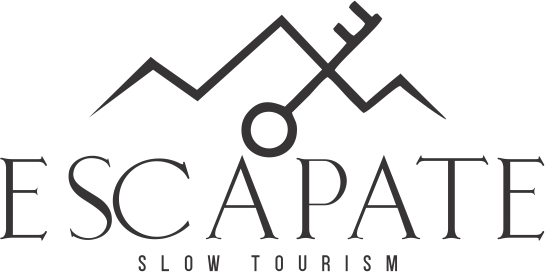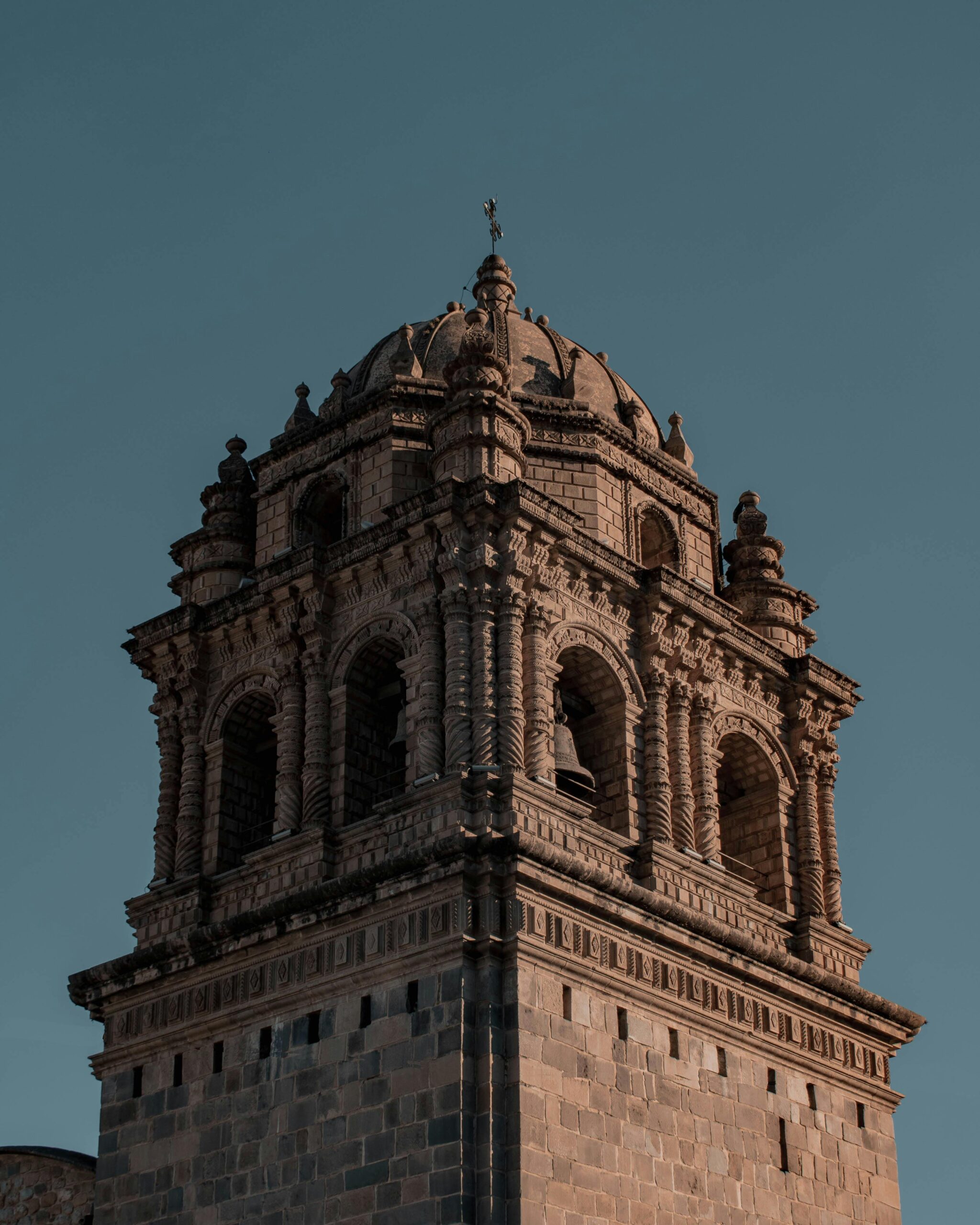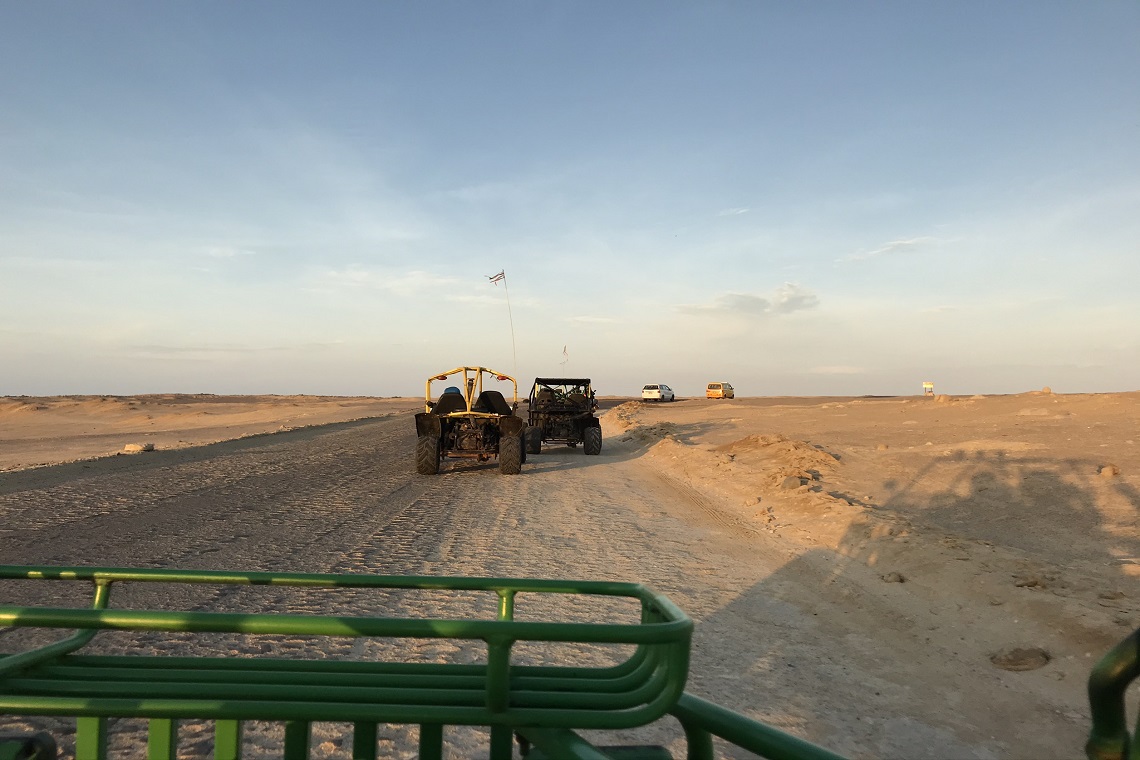Would you like to visit Peru, and in particular Cusco, the country’s historic capital?
Then this article is for you! You’ll find an example of a week’s worth of activities to discover the surroundings, culture and history of this city, still known today as ‘the navel of the world’ due to its central location in the Inca Empire.
Day 1: Getting your bearings
You’re finally at Cusco airport! You’ve just landed at an altitude of 3,400 metres and you can already feel it: breathing is more difficult than in Lima. Because of the altitude, the air contains 30% less oxygen than at sea level. As a result, you get tired more quickly when you make a physical effort, and you can even fall victim to altitude sickness, which can lead to intense headaches.
That’s why we recommend that you take the time to acclimate your body, especially if you have any demanding excursions planned over the next few days, as in this example.
So, for this first day, we recommend a calm programme.
After checking into your hotel or youth hostel, you’ll set off to visit the city’s historic centre, a UNESCO World Heritage Site. Like many Spanish colonial cities, Cusco is organised around a large central square: the Plaza de Armas, with several important buildings around it, including the city’s Cathedral. On your first day, head for the San Pedro market, one of the city’s most authentic spots, not far from the central square. It’s the perfect place to pick up a freshly squeezed fruit juice, from among an incredible variety of tropical produce. You’ll find juicy mangoes, dragon fruit, chirimoyas and many other fruits you may never have tasted before. As well as the fruit, the market is packed with stalls selling local food, colourful spices, local cheeses and inexpensive handmade souvenirs. It’s a great way to immerse yourself in the daily life of the people of Cusco, just a stone’s throw from the historic centre!
Day 2: In the heart of the city
After a good night’s sleep and some well-deserved rest, you’re ready to embark on your first full day in Cusco.
Head for the San Blas district. It’s a lively, touristy district with lots of charming shops, where you can buy souvenirs or enjoy a coffee in one of the many shops in the area.
Then continue your morning with a visit to the Qorikancha, the ancient Temple of the Sun and a major sacred site of the Inca Empire. The superimposition of Andean and colonial architectural styles alone tells the complex story of Cusco. A must-see!
For lunch, you’ll find plenty of small, typical restaurants in the area, offering dishes such as lomo saltado, trucha a la plancha, or vegetarian options inspired by Andean cuisine. In the afternoon, sit on a terrace in the San Blas district, with a pisco sour as you take in the exceptional panorama before your eyes.
Day 3: Discover the Inca ruins around Cusco
On this third day, we recommend that you take a taxi up to the heights of Cusco to begin the City Tour. From these hills, you will have access to a remarkable collection of Inca remains, the famous four ruins of Cusco: Sacsayhuamán, Qenqo, Tambomachay and Puca Pucara.
The visit often begins with Sacsayhuamán, the most impressive site. Its colossal walls, assembled without any mortar, defy time and logic: some of the stones weigh dozens of tonnes, yet they fit together perfectly, testifying to exceptional architectural mastery.
Continue on to Qenqo, an ancient sanctuary with mysterious functions. The site features a semi-circular amphitheatre 55 metres in diameter, niches carved into the rock, and a large monolithic stone with zigzag channels running through it, probably used for rituals.
Not far from there, Tambomachay will surprise you with its ingenious hydraulic system, still in operation. Aqueducts and canals cut into the rock carry water continuously, reminding us of the symbolic and practical importance of water to the Incas.
Finally, finish off at Puca Pucara, literally “the red fortress”. This military checkpoint not only boasts finely carved stone walls, but also a splendid panoramic view of the surrounding valleys.
Before heading back down to the city, don’t miss the Cristo Blanco, a statue of Christ overlooking Cusco, similar to the one in Rio. From up there, the view over the red roofs of the city is breathtaking.
All these sites are included in the Boleto Turístico del Cusco, a tourist pass valid for 10 days. It costs 130 PEN (~€30) for an adult and 70 PEN (~€17) for a student, and also gives access to many museums and other cultural sites in the region
After this immersion in Inca history, it’s time to recharge the batteries. You have two options:
La Bohème Crêperie: If you’re already missing France, this small French restaurant offers sweet and savoury crêpes in a warm atmosphere. A real corner of Brittany in the heart of the Andes!
Organika Peruvian Restaurant: For a more local experience, this typical restaurant serves tasty Peruvian cuisine, using organic ingredients grown in the Sacred Valley.
Day 4: The Sacred Valley
The first major excursion of the week takes you to the heart of the mythical Sacred Valley of the Incas, a fertile land steeped in history located between Cusco and Machu Picchu. This rich day includes visits to three emblematic sites: Moray, Maras and Ollantaytambo.
The first stop is Moray, famous for its astonishing circular terraces carved out like amphitheatres. These grandiose structures were used by the Incas as a centre for agricultural experimentation. Thanks to the microclimates created by the depth of the terraces and their orientation, they were able to grow a wide variety of plants and observe their reactions at different altitudes.
A few kilometres away, you can explore the Maras salt pans, another spectacular site. These tiered basins are fed by a source of salt water that mysteriously gushes up from the interior of the mountain. This salt-saturated water comes from underground aquifers that are millions of years old, formed when the Andes were raised. Exploited since pre-Inca times, these saltworks continue to produce salt by hand, using ancestral techniques handed down from generation to generation.
The last stop on the tour takes you to Ollantaytambo, an authentic, well-preserved village from the Inca era. This strategic location served as an administrative, military and religious centre. Overlooking the valley, the majestic ruins of the Temple of the Sun and the fortifications offer a spectacular view and bear witness to Inca architectural genius.
After this day, there’s no need to return to Cusco – we’ll sleep in Ollantaytambo to catch the train to Machu Picchu the next day!
Day 5: Machu Picchu
After a peaceful night in Ollantaytambo, you wake up ready for one of the most eagerly awaited moments of your stay. The one that every tourist in Peru looks forward to… the long-awaited visit to Machu Picchu. This emblematic site, listed as one of the Seven Wonders of the World, is a must-see for anyone exploring Cusco and the surrounding area.
From the village of Ollantaytambo, a train will take you to Aguas Calientes, the gateway to Machu Picchu. The journey of around an hour and a half through the narrow gorges and vegetation is already a foretaste of the adventure.
Once you arrive in Aguas Calientes, a short bus ride of around twenty minutes takes you to the entrance to the site. And then… Machu Picchu is finally revealed.
Suspended between the sky and the jungle, this archaeological site perched at an altitude of 2,400 metres is impressive for its grandeur and its harmony with the surrounding nature. The remarkably well-preserved ruins silently recount the fascinating history of the Incas.
After enjoying as much as possible, it’s time to head back to Cusco, as the next morning we wake up at 4am to visit a rainbow mountain.
Day 6: Palcoyo and the Ananiso Canyon
You’ve just woken up. It’s been a short night, but don’t worry, you’ll have plenty of time to rest on the road.
Today’s programme is a hike up the Palcoyo rainbow mountain, the cousin of the famous Vinicunca mountain, but with the advantage of being preserved from mass tourism and a real hike unlike Vinicunca where you go up, take your photo and then come back down the same way.
After around 2 hours in the minibus, you take a well-deserved break for a hot breakfast with the locals, including Danish bread, coca infusions and everything else you need for a good breakfast.
Once you’ve had your fill, you continue by vehicle to the starting point of the hike, situated at an altitude of almost 4,930 metres. At this height, the air is even rarer than in Cusco, and you have to be careful not to push yourself too hard. Your movements must be slow and your breathing controlled.
For less than an hour, this easy hike takes you along a path on the mountainside. The pace is leisurely, allowing you to take in the scenery. The mountains around you are astonishing, with a variety of colours due to the minerals in the soil: red, green, yellow and sometimes purple.
The hike ends with the arrival at the Ananiso canyon, a little-known site for travel agents, but a majestic one. The canyon opens up suddenly before your eyes, with its vertical rock walls and impressive depth. The environment is mineral and almost lunar in places. There are hardly any people around, which makes the experience all the more memorable. The view of the canyon and surrounding peaks offers a unique panorama, far from the crowds and mass tourism.
Day 6: Palcoyo and Ananiso Canyon
You’ve just woken up. It’s been a short night, but don’t worry, you’ll have plenty of time to rest on the road.
Today’s program is a hike up the rainbow mountain Palcoyo, the cousin of the famous Vinicunca mountain, but with the advantage of being preserved from mass tourism and a real hike unlike Vinicunca where you go up, take your photo and then come back down the same way.
After a 2-hour ride in a minibus, you take a well-deserved break for a hot breakfast with the locals, including Danish bread, coca infusions and everything else you need for a good breakfast.
Once you’ve had your fill, you continue by vehicle to the starting point of the hike, situated at an altitude of almost 4930 metres. At this height, the air is even rarer than in Cusco, and you have to be careful not to push yourself too hard. Movements must be slow, breathing controlled.
For less than an hour of easy hiking, you follow a path along the mountainside. The pace is leisurely, allowing you to take in the scenery. The mountains that surround you are astonishing, with a variety of colors due to the minerals in the soil: red, green, yellow, sometimes violet.
The hike ends with the arrival at the Ananiso canyon, a little-known but majestic site. The canyon opens up suddenly before your eyes, with its vertical rock walls and impressive depth. The environment is mineral and almost lunar in places. There’s hardly anyone around, which makes the experience all the more memorable. The view of the canyon and surrounding peaks offers a unique panorama, far from the crowds and mass tourism.
Day 7: Departure and souvenir shopping
Unfortunately, all good things must come to an end.
If, with your hectic schedule, you haven’t had a chance to buy souvenirs for your loved ones, you’re in for a treat. Just before boarding the plane, this is the perfect time to remedy that. You can return to the San Pedro market, known for its handicrafts, colourful textiles and traditional objects.
Alternatively, you can visit the small shops in the historic centre of Cusco, particularly around the Plaza de Armas or in the San Blas district, where you’ll find a wide variety of items: silver jewellery, alpaca jumpers, ceramics, local paintings and other items to take back in your suitcases.
Hasta luego Cusco! May this week be one to remember, colourful and unforgettable.
The entire Escapate team is at your disposal to help you organise your week (or more!) in Cusco and Peru in general.




